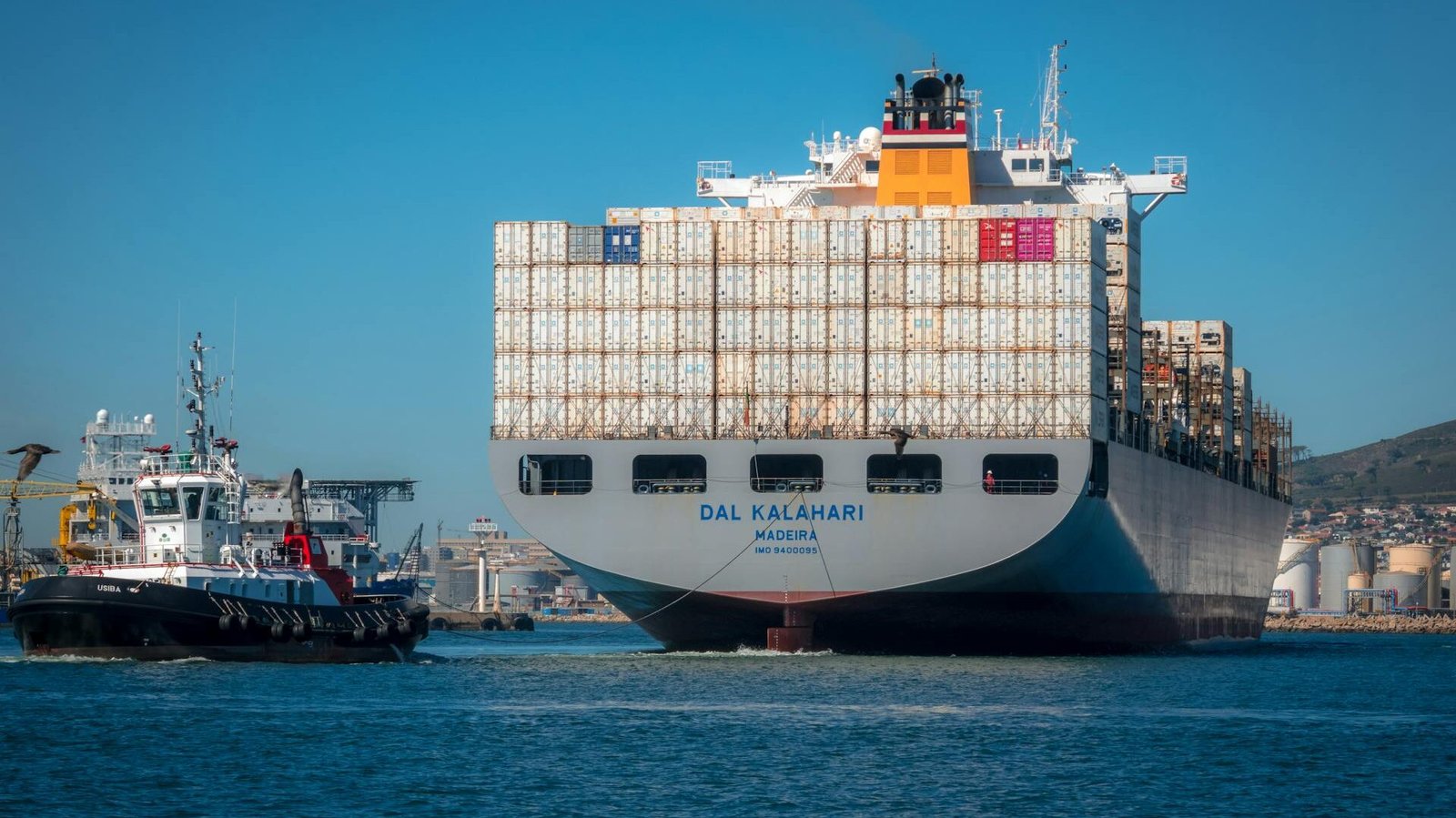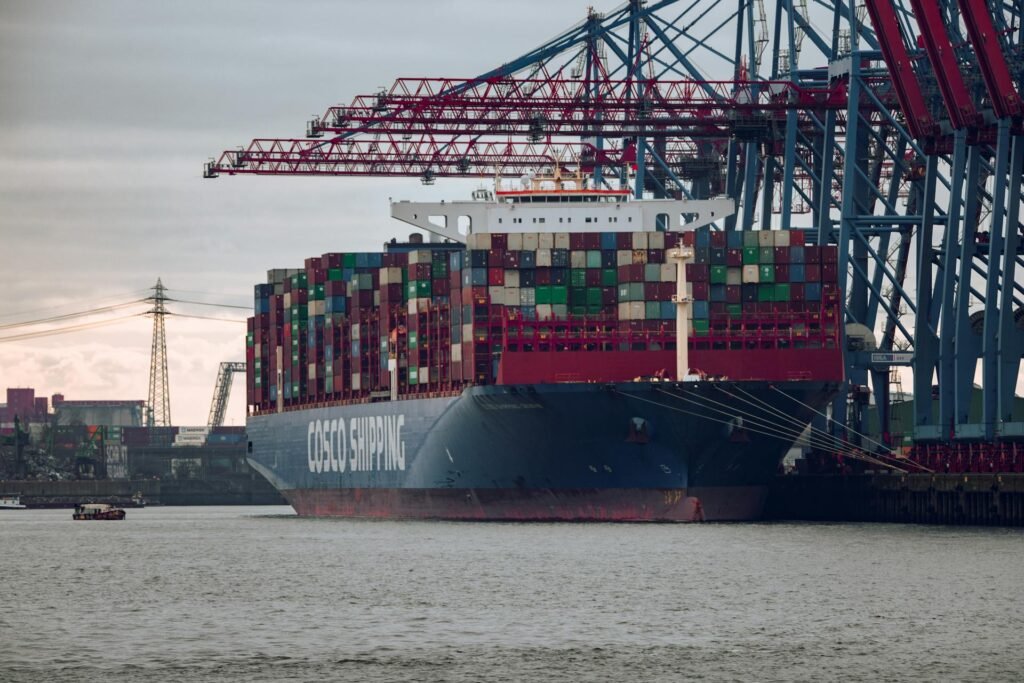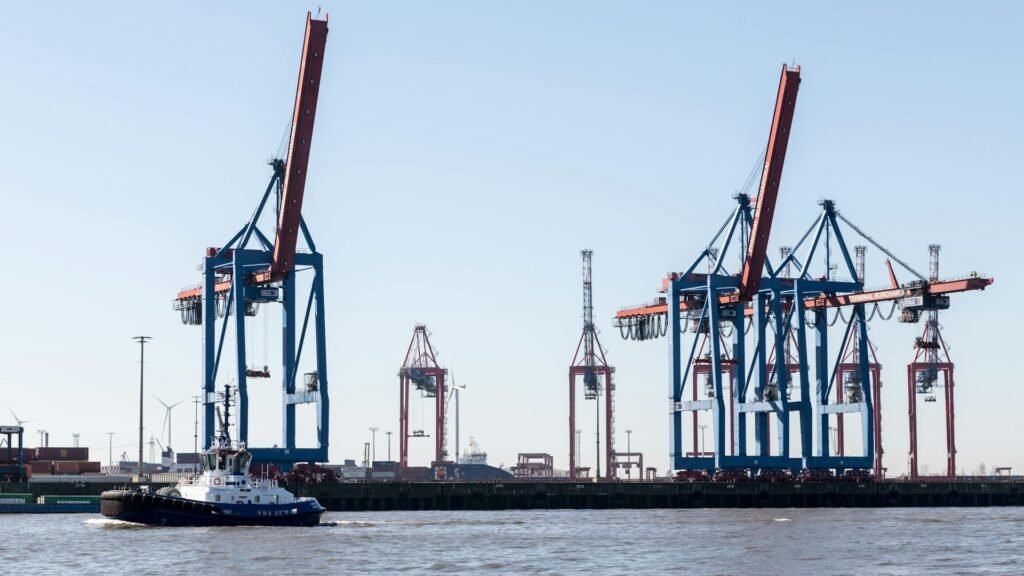
I. Introduction: Unlocking the Mystery of Shipping Costs
How to Calculate Ocean Freight Charges?In the grand scheme of global trade, ocean freight plays a central and indispensable role. It serves as the linchpin that enables the transportation of the vast majority of goods across the world’s oceans. It is the very foundation that connects manufacturers to consumers across different continents, facilitating economic exchanges and market integrations.
Calculating ocean freight charges is of utmost importance for cost control and decision – making. For foreign trade novices, cross – border e – commerce sellers, supply chain practitioners, and anyone interested in international logistics, a clear understanding of how these charges are computed can have a profound impact on the bottom line of their businesses.
The core question that often puzzles many is: What exactly does the ocean freight cost consist of, and how can one calculate it accurately? With a plethora of elements and variables involved, it can seem like a convoluted enigma.
The aim of this article is to provide a clear and practical guide, walking you through the process of calculating ocean freight charges step by step. By the end, you will be well – equipped to demystify this crucial aspect of international logistics.
II. Ocean Freight Charges: More Than Just a Base Rate
The total ocean freight charges are not a single, simple figure. Instead, they are composed of a base rate, various surcharges, and local fees. In essence, the formula can be simply expressed as: Total Cost = Base Freight + Surcharges + Local Charges.
Detailed Explanation of Key Components (Laying the Foundation for Calculation)
1. Ocean Freight / Base Rate
This is the core transportation fee charged by shipping companies for transporting goods from the port of origin to the port of destination.
- How it’s Calculated
- Full – Container – Load (FCL): For FCL shipments, the charge is based on the type of container. For example, a shipping company might charge USD X per 20 – foot General Purpose (20GP) container.
- Less – Than – Container – Load (LCL): In the case of LCL shipments, the charge is based on the Revenue Ton (RT). For instance, it could be USD Y per RT.
- What is a Revenue Ton (RT) and How to Determine It?
- W/M Rule: The RT is determined by comparing the measurement ton (CBM – Cubic Meter) and the weight ton (MT – Metric Ton), and choosing the larger of the two.
- Measurement Ton Calculation: To calculate the measurement ton, multiply the length, width, and height of the goods in cubic meters (Length x Width x Height (m³) / 1 = CBM; usually, 1 CBM = 1 measurement ton).
- Weight Ton Calculation: To calculate the weight ton, divide the gross weight of the goods in kilograms by 1000 (Gross Weight (KG) / 1000 = MT).
2. Bunker Adjustment Factor (BAF)
The BAF is designed to address the fluctuations in oil prices. Since fuel is a major cost component for shipping companies, any significant changes in oil prices will prompt them to levy this surcharge. It is a key factor influencing the overall cost.
3. Currency Adjustment Factor (CAF)
CAF is imposed to counter the risks associated with currency exchange rate fluctuations. As shipping companies operate globally, they are exposed to various currencies. This surcharge helps them manage the financial implications of currency – related uncertainties.
4. Peak Season Surcharge (PSS)
During peak demand seasons, when the volume of goods to be shipped is high, shipping companies may charge a PSS. This additional fee helps them manage the increased operational costs and capacity constraints during these busy periods.
5. Port Congestion Surcharge (PCS)
When ports experience congestion, which can lead to delays in loading and unloading, shipping companies may levy a PCS. This surcharge is intended to cover the additional costs incurred due to the extended port stays.
6. Other Common Surcharges
- Low Sulphur Fuel Surcharge (LSF): Imposed to cover the cost of using low – sulfur fuel, which is often more expensive but required to meet environmental regulations.
- Emergency Bunker Surcharge (EBS): Similar to BAF, but may be levied in response to sudden and significant increases in fuel prices.
- Document Fee (Doc Fee): Charged for handling and processing the necessary shipping documents.
- Seal Fee: This is the cost of providing and affixing the seal to the container for security purposes.
7. Origin Charges
These are the fees incurred at the port of origin. Examples include the Terminal Handling Charge (THC) or Origin Receiving Charge (ORC), as well as document fees. These charges are related to the handling and processing of the goods at the starting port.
8. Destination Charges
At the port of destination, charges such as the Terminal Handling Charge (THC) or Destination Terminal Handling Charge (DTHC) may be applicable. It’s important to clarify who is responsible for paying these charges, as it can vary depending on the trade terms.

III. Key Factors Affecting Your Ocean Freight Calculation
What Variables Can Alter the Final Calculated Cost?
- Cargo Characteristics: The volume, weight, type, and packaging of the goods play a significant role. Bulky or heavy items may incur higher charges. Special – type goods, like hazardous materials, may require additional handling and thus higher fees.
- Transport Route: The choice of the port of origin and destination, the popularity of the shipping route, and whether there are transshipments can all affect the cost. Busy routes may have different pricing structures, and transshipments can add extra handling and transit – time costs.
- Transportation Method: The decision between FCL and LCL comes with different calculation logics. Additionally, the type of container (e.g., standard, refrigerated) also impacts the cost.
- Delivery Time Requirement: Express shipping (fast – boat) usually commands a higher price compared to regular or slow – boat services, as it offers quicker transit times.
- Season and Market Supply – Demand: The shipping industry, like many others, has peak and off – peak seasons. During peak seasons, when demand is high, prices tend to increase.
- Fuel Prices and Exchange Rates: These directly influence the BAF and CAF. Any fluctuations in fuel prices or currency exchange rates can lead to changes in these surcharges.
- Service Provider: Different shipping companies and freight forwarders may have their own pricing strategies, which can result in varying quotes for the same shipment.
IV. How to Calculate Ocean Freight Charges: Step – by – Step Guide
Step 1: Get a Detailed Quote
Start by reaching out to freight forwarders or shipping companies with a Request for Quotation (RFQ). Provide them with accurate information, including the port of origin, port of destination, detailed cargo information (such as description, nature of the goods), quantity or container type, and the desired shipping time.
Step 2: Understand Your Quotation
- FCL Quotation Structure Analysis: A typical FCL quote will include components like the base rate, BAF, CAF, ORC, and Doc Fee. The base rate is the primary charge for the container transportation. BAF and CAF are surcharges related to fuel and currency fluctuations. ORC is the origin – related handling charge, and the Doc Fee is for document processing.
- LCL Quotation Structure Analysis: For LCL, the quote will have a base rate calculated per RT, along with BAF, CAF, Origin THC, and Doc Fee. The base rate per RT is the starting point for cost calculation. BAF and CAF are again related to fuel and currency factors, while Origin THC is the handling charge at the origin port.
- Identify Key Information: Determine the unit of the base rate. Understand how the surcharges are calculated. Check which local charges are included. Also, pay close attention to the trade terms (such as FOB, CIF, etc.), as these will determine who is responsible for paying which costs.
Step 3: Perform the Calculation
- FCL Calculation Steps Framework
- Obtain the base freight for the selected container type.
- Calculate the major surcharges like BAF and CAF. Note that when calculating CAF, be aware of its calculation base.
- Add the origin local charges.
- If the freight is prepaid, add the destination local charges.
- Include any other applicable surcharges.
- Sum up all these amounts to get the total prepaid cost for the shipper, based on the trade terms.
- LCL Calculation Steps Framework
- Determine the Revenue Ton (RT) by applying the W/M rule.
- Calculate the base freight based on the RT.
- Compute the major surcharges such as BAF and CAF, being mindful of charges calculated per RT and the CAF calculation base.
- Add the origin local charges, checking if they are calculated per RT.
- If prepaid, add the destination local charges.
- Include any other fixed charges.
- Sum everything up to get the total prepaid cost for the shipper, according to the trade terms.
Step 4: Verification & Key Reminders
- Carefully review all the items on the quote and the calculation process. A small oversight can lead to significant cost discrepancies.
- Clearly define the trade terms (FOB/CIF/etc.). These terms are the core determinant of which costs the shipper is responsible for paying.
- Confirm the validity period of the quote. Shipping prices can change rapidly, so it’s essential to know how long the quoted price is applicable.
- Distinguish between an “All – In” price, which includes all costs in one figure, and a breakdown – based quote, which lists each component separately.

V. Tips for Accurate Calculation & Cost Savings
- Always request a detailed breakdown quote. This detailed information is the foundation for accurate cost calculation.
- Thoroughly understand trade terms like FOB, CIF, etc., to clearly define your payment responsibilities.
- Provide extremely precise cargo information, including volume, weight, and product names. Inaccurate information can lead to unexpected charges.
- Plan and book your shipments in advance, especially during peak seasons. Early booking may secure better rates.
- Compare different options, such as various freight forwarders, shipping companies, routes, and the choice between FCL and LCL.
- For FCL shipments, maximize the utilization of the container to spread the cost over more goods.
- Stay informed about market dynamics and the imposition of surcharges like PSS and PCS. This knowledge can help you anticipate cost changes.
- Build a good relationship with reliable freight forwarders. They can offer valuable advice and potentially better rates.
VI. Conclusion: Mastering Ocean Freight Calculation
Calculating ocean freight charges essentially involves understanding the cost structure, obtaining quotes, and performing step – by – step calculations. The keys to success lie in mastering the composition of base freight, surcharges, and local fees, being proficient in the calculation logics for FCL and LCL, and clearly defining responsibilities according to trade terms.
By following the guide in this article, you should now be more confident in understanding and calculating your ocean freight costs, enabling you to make more informed and optimal logistics decisions in the complex realm of international trade.





